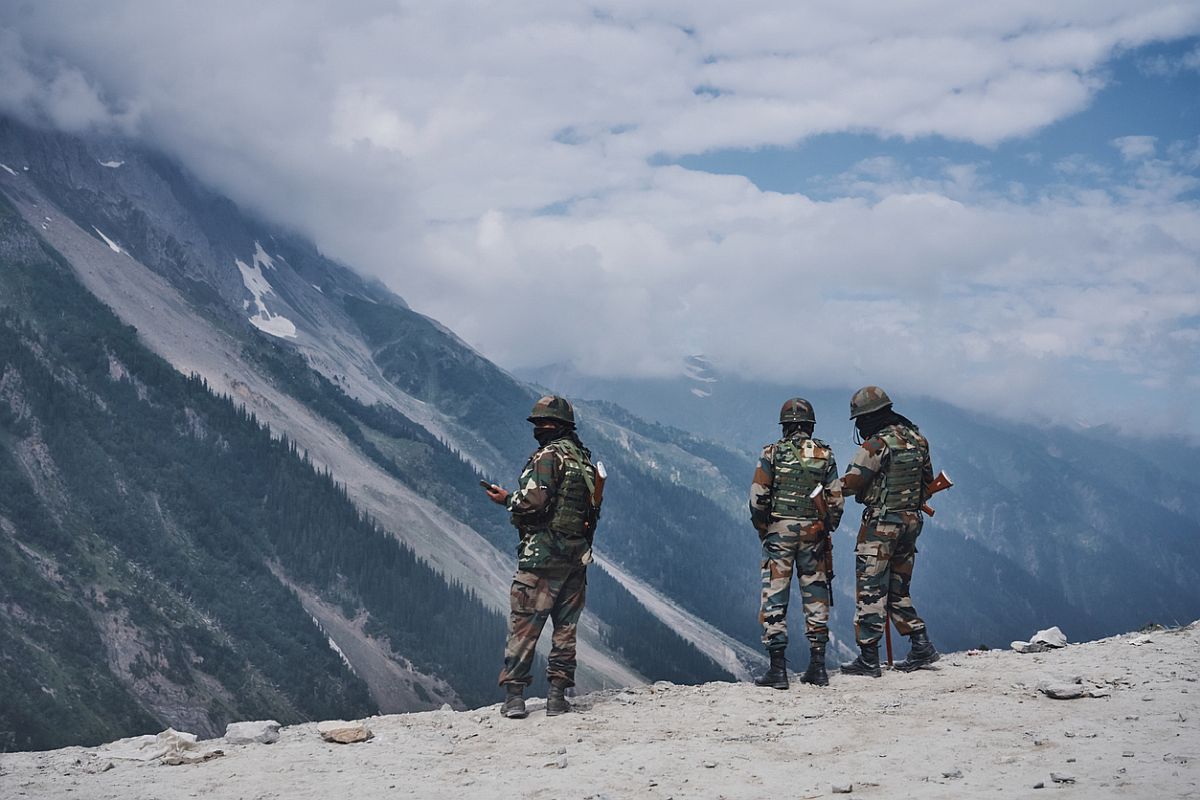Corps commanders of India and China held a meeting at Moldo on the Chinese side of the Line of Actual Control (LAC) opposite Chushul on Monday to resolve the border issue and ease tension in eastern Ladakh.
This high-level military talk comes even as over thousands of Indian Army men stand a few meters away from LAC against Chinese People’s Liberation Army.
Advertisement
This is the second such meeting after the first one on June 6 happened to defuse the tensions.
The meeting will also see discussion on the Galwan Valley clash on June 15, that killed 20 Indian soldiers.
The meeting between 14 Corps commander Lieutenant General Harinder Singh and South Xinjiang Military District chief Major General Liu Lin is happening on the lines of the one they held at the Chushul-Moldo border personnel meeting (BPM) point in eastern Ladakh on June 6.
The talks will continue. However, sources quoted by IANS have said that “the pull back or disengagement as of now looks unlikely.”
The volatile ground situation in Ladakh and Pangong Tso is likely to be another flashpoint after Galwan Valley patrolling point 14 where a barbaric attack was carried on Indian troops by Chinese army. Ferocious build up at the Line of Actual Control has started backed by artillery and tanks in the depth areas.
At Pangong Tso, there is an attempt by the PLA to alter the Line of Actual Control unilaterally.
The prolonged camping and a heavy presence of Chinese troops in Pangong Lake at a point which has been under Indian control has emerged to be the biggest roadblock for a possible resolution to the ongoing tussle between India and China at the Line of Actual Control.
The Chinese have built defences in several parts between Finger 4 and 8 that have been grey zones in the past. The Chinese action in Pangong Lake is seen as an attempt to change the status quo.
Indian Army has also enhanced deployment at Hot Springs, Demchok, Koyul, Fukche, Depsang, Murgo, and Galwan.
After the June 15 violent clash, nothing has changed and things continue to be tense in Galwan and Pangong Tso region.
In the midst of the growing tension, India is exploring all possible military options as a response if the Chinese aggression continues.
India has also ramped up preparations on its side along the 826-km front of the Line of Actual Control in Ladakh.
Indian has also found that China has deployed fighter jets, bombers and helicopters at four bases close to the LAC. It has been noticed at Hotan in Xinjiang, Ngyari and Shigatse.
There has also been Chinese PLA movement at Nyingchi, north of Arunachal Pradesh.
India too has strategically deployed its air fighters which are ready to take on Chinese aircrafts anytime.
On June 18, Major General-level talks were held at Galwan valley in eastern Ladakh, a day after Indian and Chinese military dialogue over the violent clash along the Line of Actual Control ended in a stalemate.
Last week, in a strong message to Beijing, Foreign minister S Jaishankar told his Chinese counterpart Wang Yi that what happened in Galwan valley was “pre-meditated” and “planned action” by China which was responsible for the sequence of events.
EAM S Jaishankar underlined that this unprecedented development will have a serious impact on the bilateral relationship and stressed that the need of the hour was for the Chinese side to reassess its actions and take corrective steps.
Jaishankar further noted that the two sides should scrupulously and sincerely implement the understanding reached by senior commanders on June 6.











